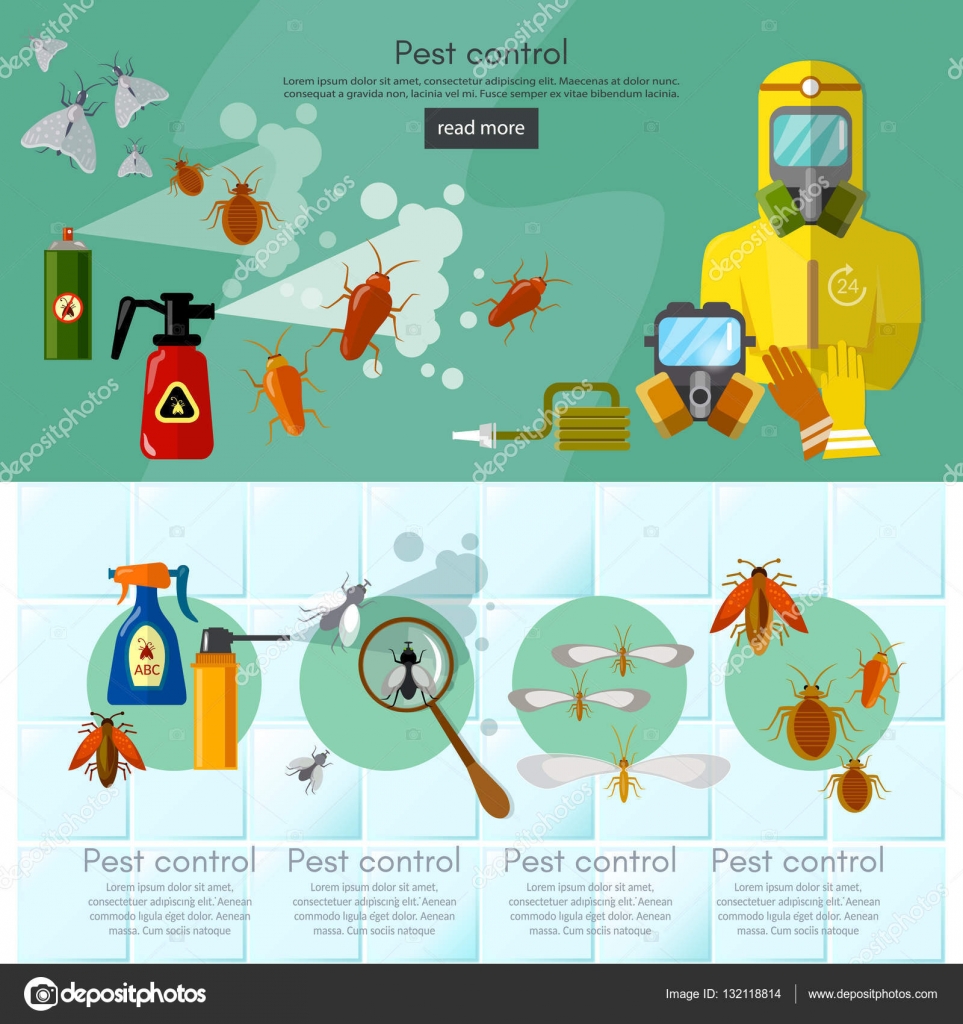Rodent-Proofing Your Attic: Crucial Tips For Homeowners
Rodent-Proofing Your Attic: Crucial Tips For Homeowners
Blog Article
Created By-Sutherland Garza
Imagine your attic as a comfortable Airbnb for rats, with insulation as fluffy as resort pillows and wiring a lot more tempting than space solution. Now, think of mouse click the next webpage tossing a wild celebration in your home while you're away. As a homeowner, ensuring your attic room is rodent-proof is not nearly assurance; it has to do with shielding your residential property and loved ones. So, what straightforward steps can you take to protect your refuge from these hairy burglars?
Check for Entrance Points
To start rodent-proofing your attic, inspect for access factors. Begin by carefully analyzing the outside of your home, trying to find any type of openings that rats can make use of to get to your attic. Look for spaces around utility lines, vents, and pipelines, along with any type of fractures or holes in the foundation or siding. Ensure to pay close attention to locations where different building materials fulfill, as these prevail access points for rats.
Furthermore, check the roof for any kind of harmed or missing out on roof shingles, along with any spaces around the edges where rats could press via. Inside the attic, try to find indications of existing rodent task such as droppings, chewed wires, or nesting materials. Utilize a flashlight to completely inspect dark edges and covert areas.
Seal Cracks and Gaps
Check your attic room thoroughly for any cracks and spaces that need to be secured to stop rodents from getting in. Rodents can squeeze through even the tiniest openings, so it's essential to seal any kind of prospective access points. Check around pipelines, vents, cords, and where the wall surfaces meet the roof. Utilize a mix of steel wool and caulking to seal these openings successfully. Steel woollen is an exceptional deterrent as rats can not chew via it. Make certain that all voids are snugly sealed to deny access to undesirable insects.
Do not overlook the relevance of sealing spaces around doors and windows as well. Use climate stripping or door moves to seal these locations efficiently. Evaluate the areas where utility lines go into the attic room and secure them off utilizing an appropriate sealer. By putting in the time to seal all splits and gaps in your attic, you develop a barrier that rats will find tough to violation. ant exterminator pet friendly is type in rodent-proofing your attic room, so be thorough in your efforts to seal off any potential entry factors.
Get Rid Of Food Sources
Take proactive measures to eliminate or save all possible food sources in your attic room to deter rodents from infesting the area. Rodents are brought in to food, so eliminating their food resources is important in maintaining them out of your attic room.
Below's what you can do:
1. ** Store food firmly **: Stay clear of leaving any kind of food things in the attic room. Store all food in closed containers made from steel or heavy-duty plastic to avoid rodents from accessing them.
2. ** Clean up debris **: Get rid of any kind of piles of particles, such as old papers, cardboard boxes, or timber scraps, that rodents might utilize as nesting product or food resources. Maintain the attic room clutter-free to make it less appealing to rodents.
3. ** Dispose of waste properly **: If you use your attic for storage and have garbage or waste up there, ensure to throw away it frequently and effectively. Rotting garbage can attract rodents, so keep the attic room clean and devoid of any organic waste.
Conclusion
Finally, keep in mind that an ounce of avoidance is worth a pound of treatment when it comes to rodent-proofing your attic.
By putting in the time to inspect for entrance points, seal fractures and gaps, and eliminate food resources, you can keep unwanted bugs away.
Remember, 'An ounce of avoidance deserves an extra pound of treatment' - Benjamin Franklin.
Remain proactive and shield your home from rodent invasions.
